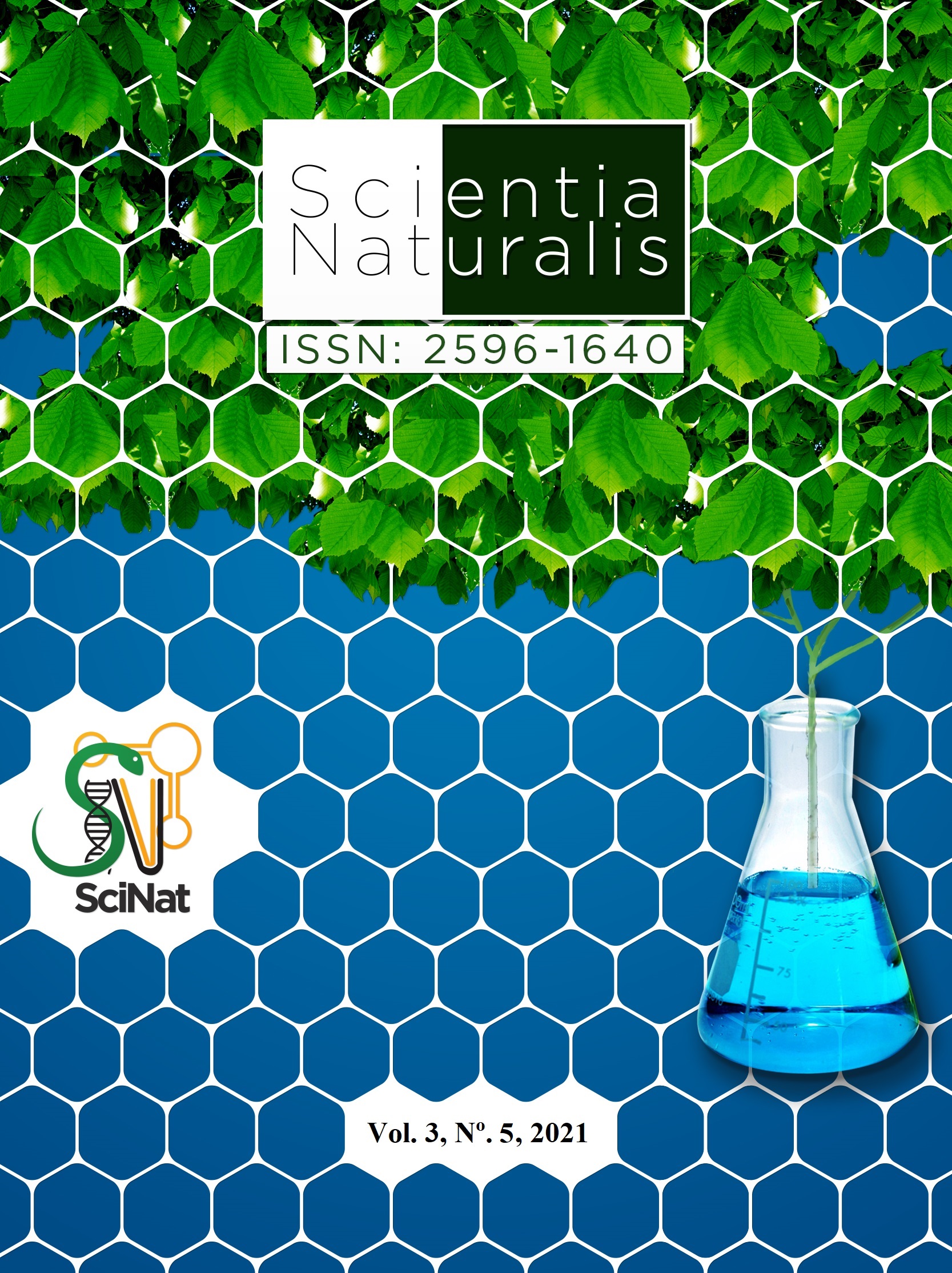Planting density and growing environments in the production of jambu biomass in an organic system
DOI:
https://doi.org/10.29327/269504.3.5-18Abstract
The adaptation of agricultural practices and management for the cultivation of unconventional vegetables is necessary to increase production. Thus, the objective of this work was to evaluate the influence of planting density and growing environment on jambu production in organic system. Experiments were carried out at Sitio Ecológico Seridó, in Rio Branco, AC, in a randomized block design with five treatments: 11.1 plants m-2 (30 x 30 cm); 16.0 plants m-2 (25 x 25 cm); 25 plants m-2 (20 x 20 cm); 44.4 plants m-2 (15 x 15 cm); 100.0 plants m-2 (10 x 10 cm), installed in a protected environment and full sun. Jambu seedlings were produced from cuttings and transplanted at 20 days, harvesting was carried out at 52 days after transplanting, and dry mass of shoots and inflorescences was evaluated. The protected environment provided greater accumulation of dry matter in both variables. The shoot dry mass was not significant for planting density with an average of 235.33 g m-2, while the inflorescence dry mass responded linearly. Therefore, the cultivation of jambu in a protected environment increases the production of dry matter and the density of plants increases the inflorescences.




